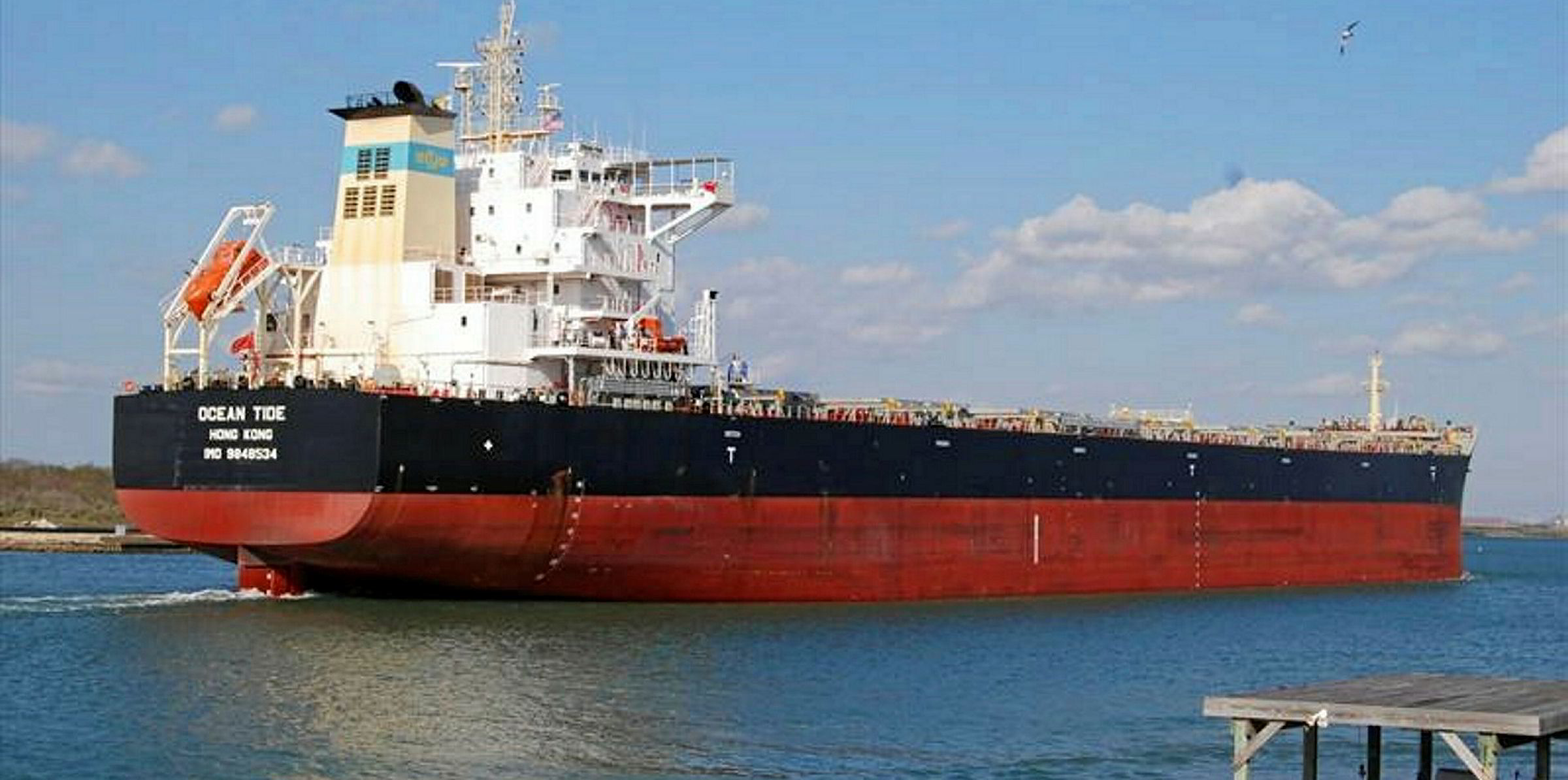Hong Kong’s Ocean Longevity has put two bulker newbuildings to work after an online delivery by video link.
The Kwai Sze Hoi-controlled dry bulk shipowner is now trading the 182,900-dwt capesize Ocean Dragon and 82,200-dwt kamsarmax Ocean Dream (both built 2020) despite two-month delays caused by the Covid-19 pandemic.
But several hurdles had to be overcome to crew up and take delivery. Crews had only a week to familiarise themselves with the ships before their maiden voyages.
Japanese newbuildings present a special challenge for the logistics of closings, as the two-stage handover from builder to Japanese trading house and then on to shipowner must be as instantaneous as possible. “The trader does not want to have any risk of having the vessel in hand for even one second,” an Ocean Longevity executive commented.
The Namura Shipbuilding-constructed Ocean Dragon, owned by shipowning arm Ocean Line Holdings, is now sailing on a voyage charter from Western Australia to China for miner Rio Tinto.
The Oshima Shipbuilding-constructed Ocean Dream has begun an 11 to 14-month, index-based time charter for Chinese operator Beibu Gulf Shipping.
The Ocean Dragon was initially scheduled for delivery in April from Namura’s Imari yard.
“When Covid-19 became a global pandemic, the situation became complicated,” the Ocean Longevity executive told TradeWinds.
Severe restrictions
By that time, Japan had imposed severe restrictions on foreigners entering the country.
“As a consequence, we were left with no practical means to send our crew on time to take delivery of the vessel. This was totally beyond our control,” he said.
The owner worked with the builder to overcome the immigration obstacle and in May received special permission to send in a crew.
“We immediately assembled 22 crew members and arranged the first available flight to Japan,” the executive said.
After a 14-day quarantine at Kobe, the seafarers arrived at Imari on 24 May, with a week to familiarise themselves with the vessel.
A three-way web conference allowed builder Namura, contracting party Itochu and Ocean Line Holdings to attend a virtual ceremony in Hong Kong, Tokyo and Imari and communicate live. The companies’ legal and finance representatives also attended remotely.
Two separate protocols of delivery and acceptance were signed, handing over the ship from builder to financial owner and then to the operating shipowner. Then Ocean Line Holdings president Kwai named the vessel and an Imari executive cut the cord at the shipyard on the owner’s behalf on 3 June.
When the Ocean Dream was delivered on 18 June, a similar closing and delivery procedure with trading house Sumitomo and Oshima was followed in a video connection linking Hong Kong, Tokyo and the town of Oshima.
Ocean Longevity officials expressed relief at their success in taking over the delayed ships, and are commercially satisfied despite a relatively low rate on one of the charters. The Ocean Dream is fixed on index-related time charter terms, but the Ocean Dragon’s maiden voyage was done when rates were lower.
“The rate for [capesize route] C5 by mid-June was something over $6 per metric tonne, which is okay given the bunker price at that time. But now it would be over $10 per metric tonne, which would be a time charter equivalent rate of over $30,000 per day,” the executive said.
“We wonder if such rates will hold out through the end of this month, but of course later on, we don’t know how the world economy is going.
“When we ordered these ships two years ago, we thought 2020 and 2021 were going to be good years, but things never happen as you expect.”
Ocean Longevity’s bulkers range VLOCs to handysize. Six VLOCs are on consecutive voyage charters to Australia’s FRG and four of its kamsarmaxes are on 11 to 14-month time charters.




